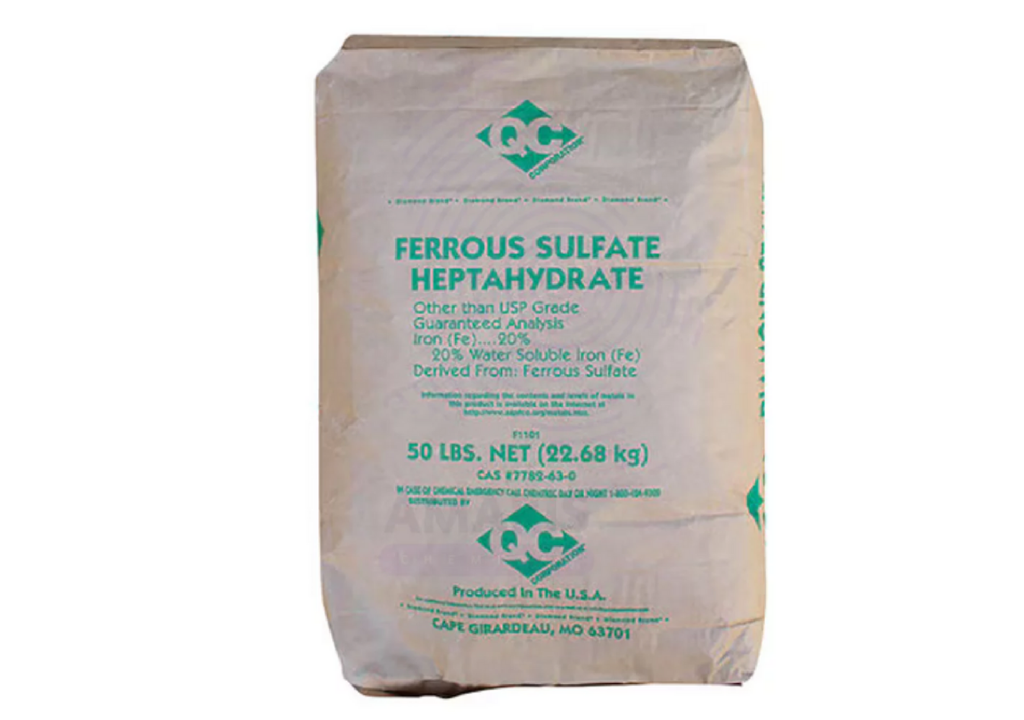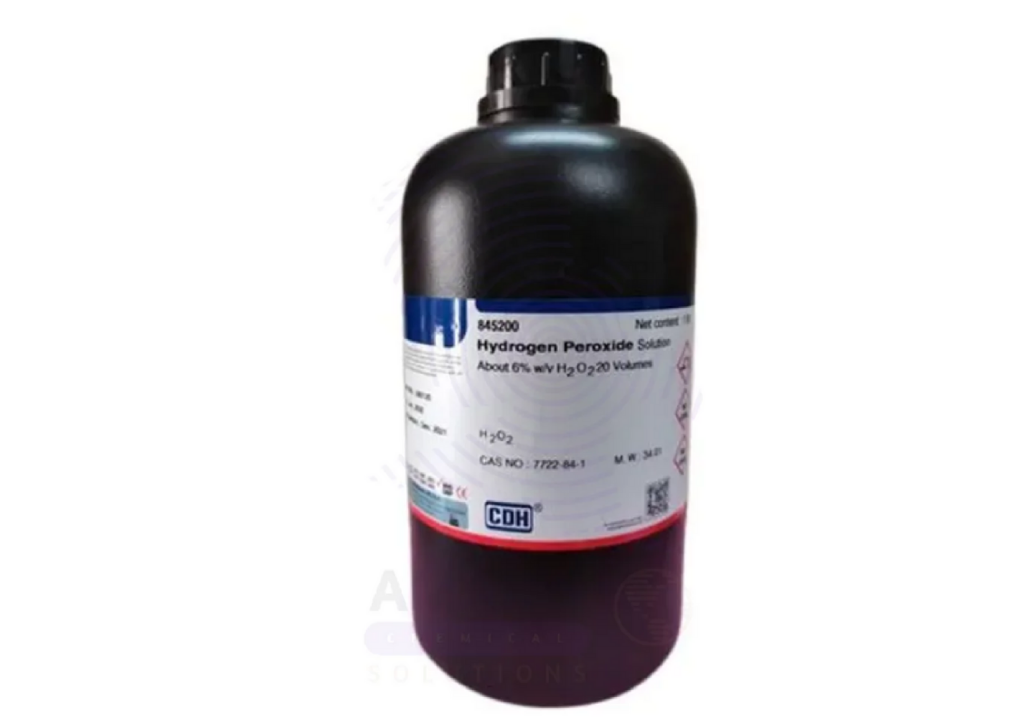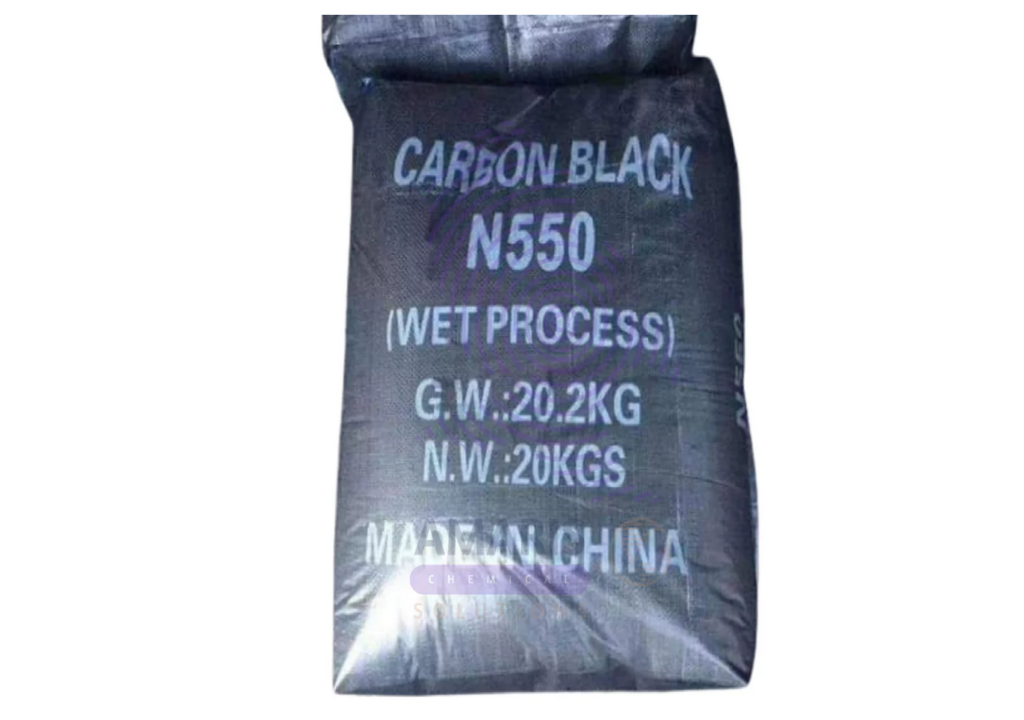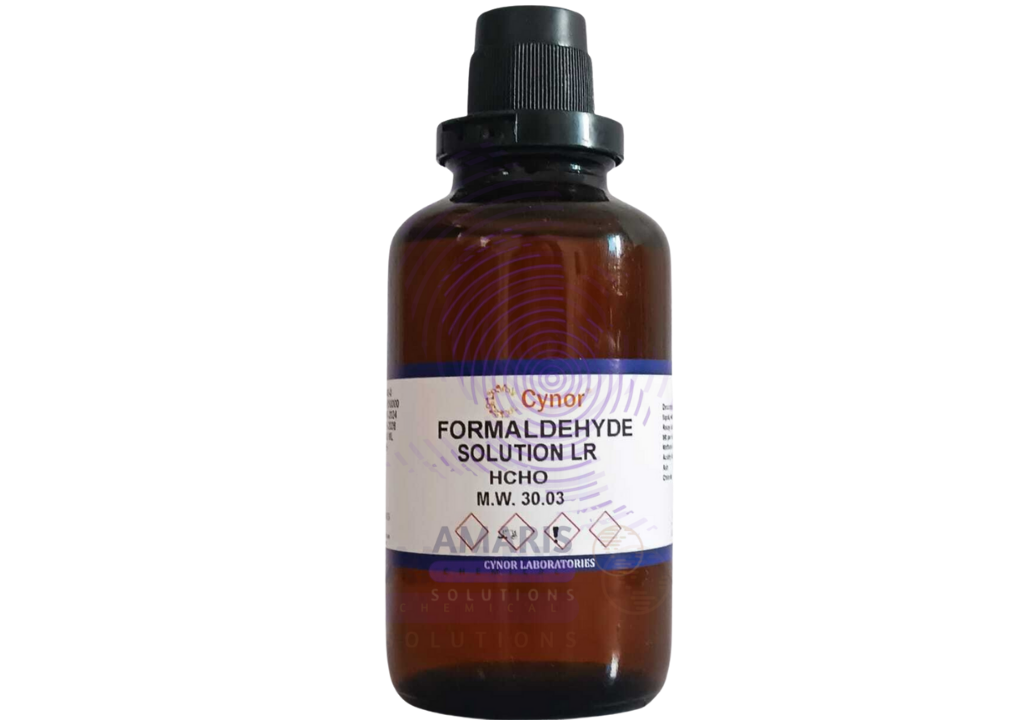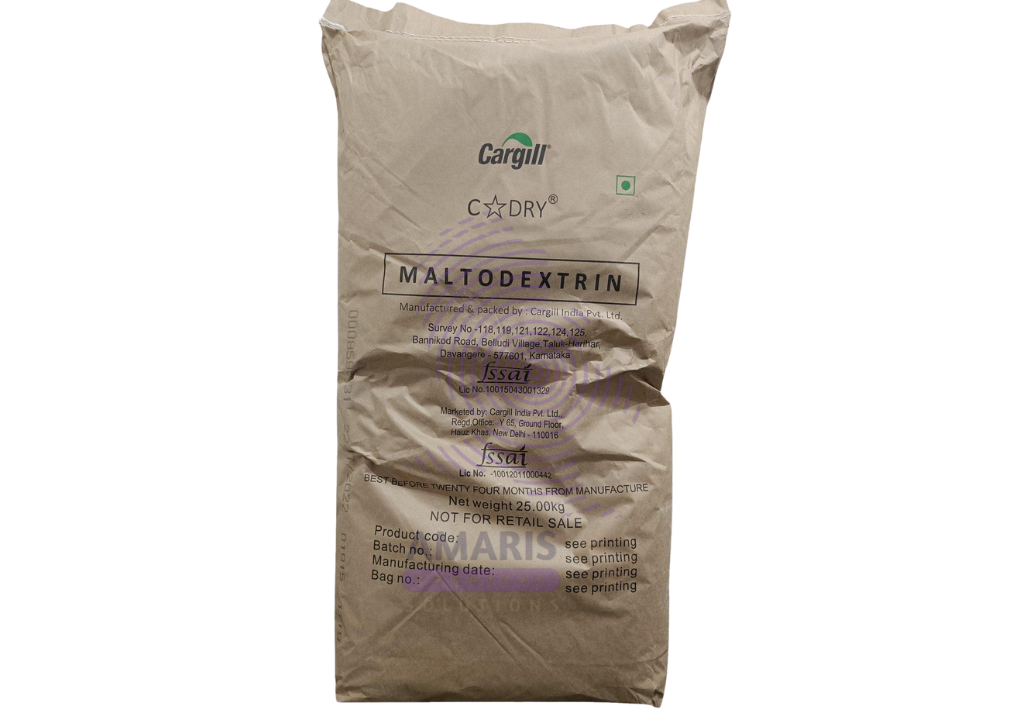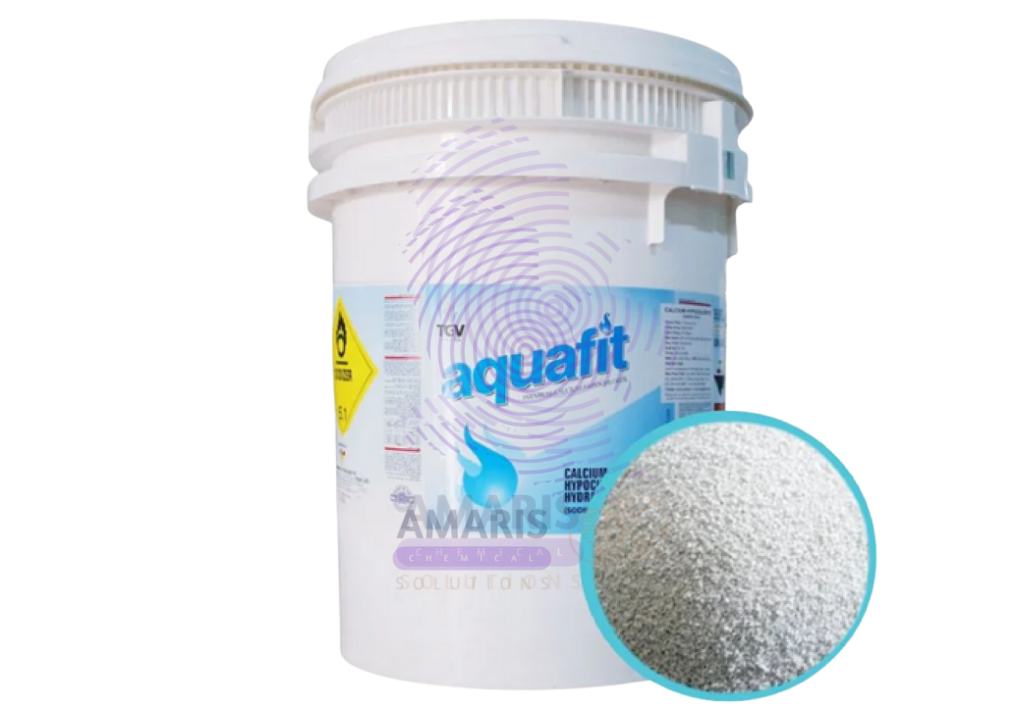Ferric Chloride Anhydrous: The Corrosive Genius Behind Electronics, Alchemy & Water Purification
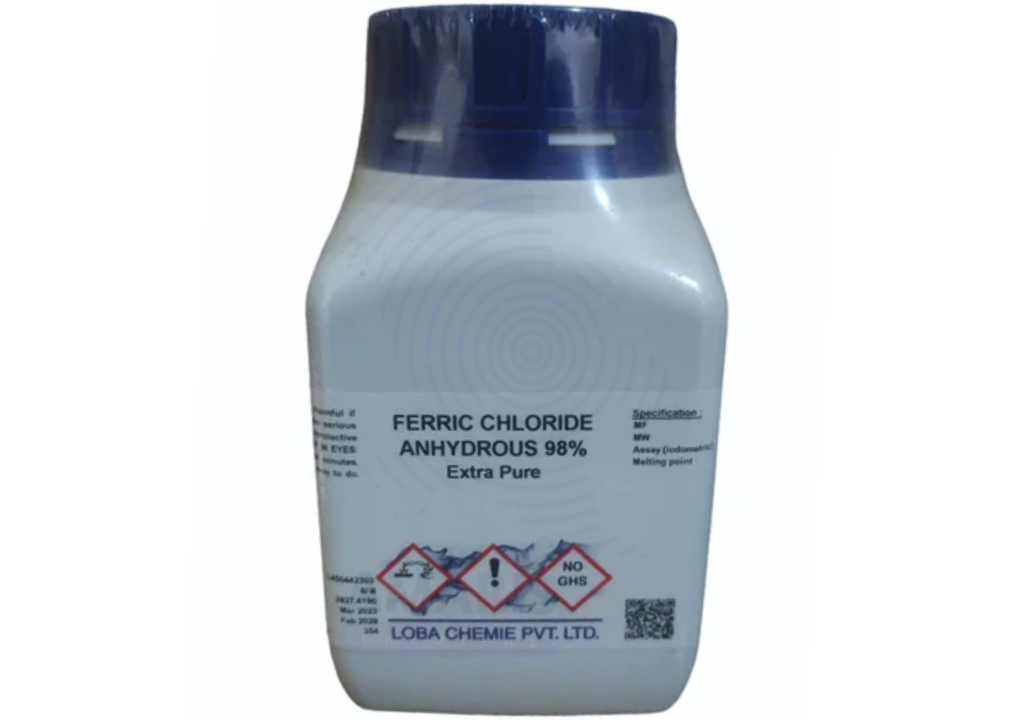
1. Introduction: The Unassuming Powerhouse
Ferric chloride anhydrous (FeCl₃) might look like a mundane orange powder, but it’s a chemical chameleon—playing critical roles in electronics, industrial chemistry, and even medieval medicine. This deep dive explores its molecular secrets, industrial dominance, and surprising historical twists.
2. Molecular Structure & Properties: Why Is FeCl₃ So Reactive?
Ferric chloride’s behavior stems from its coordination chemistry and Lewis acidity:
- Crystal Structure: In its anhydrous form, FeCl₃ adopts a bi-layer lattice (similar to cadmium chloride), where each iron(III) center is octahedrally coordinated.
- Lewis Acid Superpowers: The iron atom’s empty d-orbitals make it a strong electron-pair acceptor, explaining its catalytic prowess.
- Hygroscopic Nature: It aggressively absorbs water, converting to the hydrated form (FeCl₃·6H₂O) and releasing heat.
Fun Fact: When dissolved, FeCl₃ undergoes hydrolysis, creating an acidic solution with HCl and iron(III) hydroxide complexes—key to its etching abilities.
3. The Art of Etching: A Step-by-Step Breakdown
Ferric chloride’s PCB etching magic relies on redox chemistry:
- Reaction Equation:
- 2FeCl3+Cu→2FeCl2+CuCl2
- 2FeCl
- 3
-
- +Cu→2FeCl
- 2
-
- +CuCl
- 2
-
- Iron(III) oxidizes copper, turning into iron(II) chloride while dissolving copper into solution.
- Precision Control: Temperature (40–50°C) and agitation speed determine etching quality.
- Alternative Etchants: Compared to ammonium persulfate, FeCl₃ is cheaper but harder to dispose of (due to heavy metal content).
Pro Tip: Add a drop of HCl to regenerate FeCl₃ and extend solution life!
4. Industrial Uses: Beyond Circuit Boards
A. Water Treatment (Phosphate Removal)
- Mechanism: Fe³⁺ ions react with phosphates to form insoluble iron phosphate, preventing algal blooms.
- Municipal Plants: Dose ~10–30 mg/L FeCl₃ for wastewater clarification.
B. Organic Synthesis & Catalysis
- Friedel-Crafts Reactions: FeCl₃ alkylates benzene rings (e.g., synthesizing ethylbenzene).
- Tattoo Ink Breakdown: Clinics use it to precipitate pigment particles before laser removal.
C. Metal Surface Treatment
- Stainless Steel Passivation: Forms a protective oxide layer to resist corrosion.
5. Dark Side: Hazards & Environmental Impact
- Human Health:
- Skin Contact: Causes ulcerative burns (wash with NaHCO₃ solution).
- Inhalation Risk: Dust irritates lungs—use fume hoods!
- Environmental Risks:
- Aquatic Toxicity: High iron concentrations disrupt gill function in fish.
- Soil Contamination: Overuse in wastewater sludge can acidify farmland.
Regulation: OSHA PEL (Permissible Exposure Limit) = 1 mg/m³ (8-hour TWA).
6. Historical Alchemy to Modern Chemistry
- 13th Century: Persian alchemists used iron salts to make inks and dyes.
- 1834: First documented use for sewage treatment in London.
- 1940s: Adopted by the electronics industry for printed circuits during WWII.
Trivia: Medieval surgeons diluted FeCl₃ as a styptic (blood-clotting agent)—a brutal but effective trick!
7. DIY Experiments (Safety First!)
For educators/labs:
- Copper Etching Demo: Etch your name into a copper plate (ventilate well!).
- Ferric Chloride “Invisible Ink”: Write with diluted FeCl₃, then reveal with potassium ferricyanide (turns blue).
Warning: Neutralize waste with NaOH before disposal!
8. Future Innovations
- Battery Tech: Research into FeCl₃ as a low-cost cathode material.
- Green Chemistry: Recycling spent FeCl₃ via electrolytic regeneration.
Conclusion: The Multitasking Molecule
From medieval medicine to your smartphone’s circuits, ferric chloride anhydrous is a testament to chemistry’s hidden heroes. Its blend of reactivity, versatility, and historical intrigue makes it a lab staple—but always handled with respect!Final Thought: “FeCl₃ doesn’t just etch copper; it carves its legacy into science itself.”


 Preservatives(food)
Preservatives(food) Flavor Enhancers
Flavor Enhancers Acidulants
Acidulants Sweeteners
Sweeteners Antioxidants
Antioxidants Colorants(food)
Colorants(food) Nutraceutical Ingredients (food)
Nutraceutical Ingredients (food) Nutrient Supplements
Nutrient Supplements Emulsifiers
Emulsifiers
 Collectors
Collectors Dust Suppressants
Dust Suppressants Explosives and Blasting Agents
Explosives and Blasting Agents Flocculants and Coagulants
Flocculants and Coagulants Frothers
Frothers Leaching Agents
Leaching Agents pH Modifiers
pH Modifiers Precious Metal Extraction Agents
Precious Metal Extraction Agents
 Antioxidants(plastic)
Antioxidants(plastic) Colorants (Pigments, Dyes)
Colorants (Pigments, Dyes) Fillers and Reinforcements
Fillers and Reinforcements Flame Retardants
Flame Retardants Monomers
Monomers Plasticizers
Plasticizers Polymerization Initiators
Polymerization Initiators Stabilizers (UV, Heat)
Stabilizers (UV, Heat)
 Antifoaming Agents
Antifoaming Agents Chelating Agents
Chelating Agents Coagulants and Flocculants
Coagulants and Flocculants Corrosion Inhibitors
Corrosion Inhibitors Disinfectants and Biocides
Disinfectants and Biocides Oxidizing Agents
Oxidizing Agents pH Adjusters
pH Adjusters Scale Inhibitors( water)
Scale Inhibitors( water)
 Antioxidants(cosmetic)
Antioxidants(cosmetic) Emollients
Emollients Fragrances and Essential Oils
Fragrances and Essential Oils Humectants
Humectants Preservatives
Preservatives Surfactants(cosmetic)
Surfactants(cosmetic) Thickeners
Thickeners UV Filters
UV Filters
 Fertilizers
Fertilizers Soil Conditioners
Soil Conditioners Plant Growth Regulators
Plant Growth Regulators Animal Feed Additives
Animal Feed Additives Biostimulants
Biostimulants Pesticides (Herbicides, Insecticides, Fungicides)
Pesticides (Herbicides, Insecticides, Fungicides)
 Active Pharmaceutical Ingredients (APIs)
Active Pharmaceutical Ingredients (APIs) Excipients
Excipients Solvents(pharmaceutical)
Solvents(pharmaceutical) Antibiotics
Antibiotics Antiseptics and Disinfectants
Antiseptics and Disinfectants Vaccine Adjuvants
Vaccine Adjuvants Nutraceutical Ingredients (pharmaceutical)
Nutraceutical Ingredients (pharmaceutical) Analgesics & Antipyretics
Analgesics & Antipyretics
 Analytical Reagents
Analytical Reagents Solvents(lab)
Solvents(lab) Chromatography Chemicals
Chromatography Chemicals Spectroscopy Reagents
Spectroscopy Reagents microbiology-and-cell-culture-reagents
microbiology-and-cell-culture-reagents Molecular Biology Reagents
Molecular Biology Reagents Biochemical Reagents
Biochemical Reagents Inorganic and Organic Standards
Inorganic and Organic Standards Laboratory Safety Chemicals
Laboratory Safety Chemicals Specialty Laboratory Chemicals(Special Laboratory Equipment)
Specialty Laboratory Chemicals(Special Laboratory Equipment)
 Demulsifiers
Demulsifiers Hydraulic Fracturing Fluids
Hydraulic Fracturing Fluids Scale Inhibitors(oil)
Scale Inhibitors(oil) Surfactants(oil)
Surfactants(oil) Drilling Fluids
Drilling Fluids
 Dyes and Pigments
Dyes and Pigments Bleaching Agents
Bleaching Agents Softening Agents
Softening Agents Finishing Agents
Finishing Agents Antistatic Agents
Antistatic Agents
 Admixtures
Admixtures Waterproofing Agents
Waterproofing Agents Sealants and Adhesives
Sealants and Adhesives Curing Compounds
Curing Compounds Concrete Repair Chemicals
Concrete Repair Chemicals Anti-Corrosion Coatings
Anti-Corrosion Coatings
 Surfactants(cleaning)
Surfactants(cleaning) Builders
Builders Enzymes
Enzymes Solvents (Cleaning)
Solvents (Cleaning) Fragrances
Fragrances
 Electronic Chemicals
Electronic Chemicals Catalysts
Catalysts Lubricants
Lubricants Photographic Chemicals
Photographic Chemicals Refrigerants
Refrigerants Automotive chemicals
Automotive chemicals Pyrotechnic Chemicals
Pyrotechnic Chemicals
 Biodegradable Surfactants
Biodegradable Surfactants Bio-based Solvents
Bio-based Solvents Renewable Polymers
Renewable Polymers Carbon Capture Chemicals
Carbon Capture Chemicals Wastewater Treatment Chemicals
Wastewater Treatment Chemicals
 Pigments
Pigments Solvents(paint)
Solvents(paint) Specialty Coatings
Specialty Coatings Binders/Resins
Binders/Resins Additives
Additives Driers
Driers Anti-Corrosion Agents
Anti-Corrosion Agents Functional Coatings
Functional Coatings Application-Specific Coatings
Application-Specific Coatings
 Fresh Herbs
Fresh Herbs Ground Spices
Ground Spices Whole Spices
Whole Spices Spice Blends
Spice Blends Dried Herbs
Dried Herbs
 Leavening Agents
Leavening Agents Dough Conditioners
Dough Conditioners Flour Treatments
Flour Treatments Fat Replacers
Fat Replacers Decoratives
Decoratives Preservatives(baking)
Preservatives(baking)
 Plasticizers & Softeners
Plasticizers & Softeners Reinforcing Agents
Reinforcing Agents Adhesion Promoters
Adhesion Promoters Vulcanizing Agents
Vulcanizing Agents Antidegradants
Antidegradants Blowing Agents
Blowing Agents Fillers & Extenders
Fillers & Extenders Accelerators & Retarders
Accelerators & Retarders
